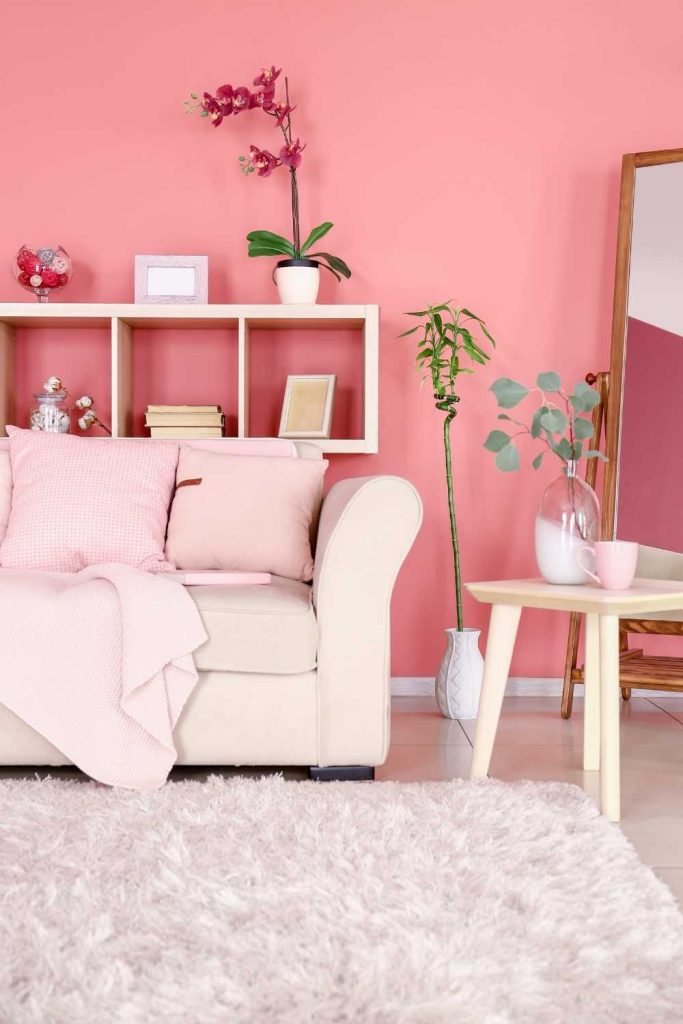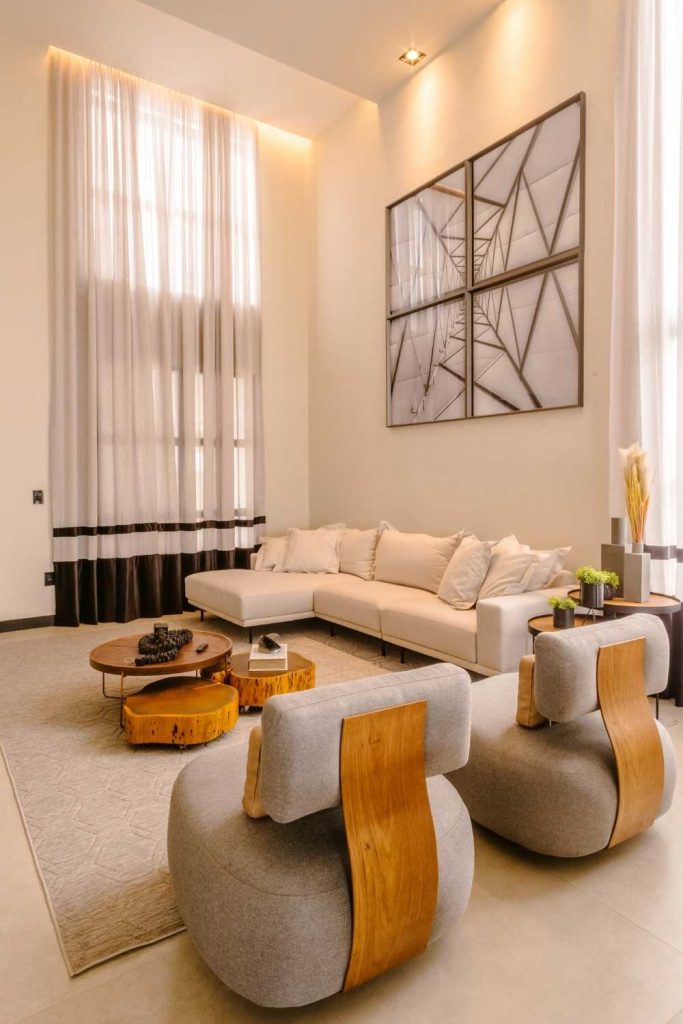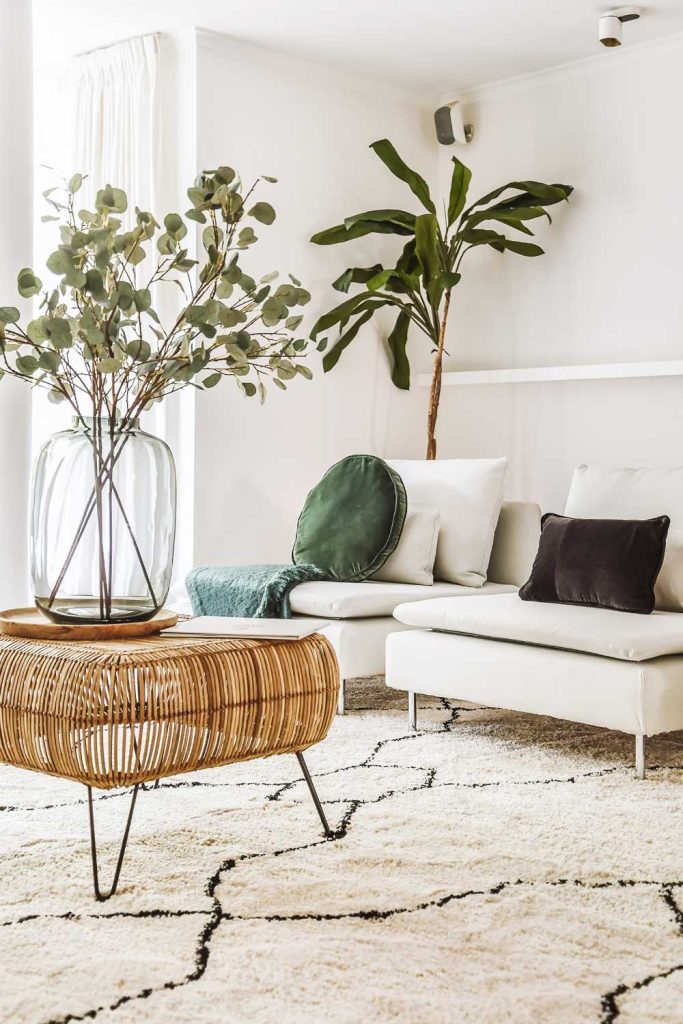The world of home interior design is constantly evolving, with new trends emerging each year that shape the way we approach our living spaces. Whether you’re renovating your entire home or just looking to update a few rooms, staying on top of the latest design trends can help you create a modern and stylish environment. From sleek minimalist aesthetics to bold color choices, the trends for 2025 offer a fresh take on modern living. Here’s a closer look at the top trends in home interior design that will bring a contemporary touch to your home.
Sustainable Materials and Eco-Friendly Home Interior
As sustainability continues to be a major focus in every aspect of our lives, eco-friendly design is taking center stage in modern home interiors. Homeowners are becoming more conscious of the materials they use, opting for sustainable, renewable, and non-toxic options that contribute to both the environment and the overall well-being of their home.
Wood, bamboo, and cork are among the most popular materials for furniture and flooring, as they are renewable and biodegradable. Additionally, many designers are incorporating recycled materials such as glass, metal, and textiles into their designs, creating stylish yet sustainable pieces. The trend also extends to eco-friendly paints and finishes, which are low in volatile organic compounds (VOCs) and better for both the environment and indoor air quality.
The demand for sustainable design is not only driven by environmental concerns but also by the desire for timeless, durable pieces that can withstand the test of time. By choosing materials that are both beautiful and functional, homeowners can create spaces that are not only modern but also environmentally responsible.

Biophilic Design: Bringing the Outdoors In
Biophilic design is all about connecting with nature and incorporating natural elements into the home. This trend has gained immense popularity in recent years as people seek to create calming, nature-inspired spaces that promote health and well-being.
One of the key elements of biophilic design is the use of plants. Indoor greenery, ranging from large statement plants like fiddle leaf figs to smaller succulents, has become a staple in modern home interior. Not only do plants purify the air, but they also add a sense of tranquility and vitality to a room.
In addition to plants, natural materials such as stone, wood, and wool are being used more frequently in home interiors. Wooden furniture, stone countertops, and wool rugs create a connection to the natural world, bringing warmth and texture into the space. Natural light is also a key component of biophilic design, with large windows and open floor plans allowing for an abundance of sunlight to flood the home. By incorporating these elements, homeowners can create a modern interior that feels grounded, refreshing, and connected to the natural world.

Bold Colors and Statement Pieces
While neutral tones have dominated home interior for years, 2025 sees a shift towards bold, vibrant colors that make a statement. Designers are embracing rich, deep hues such as emerald green, navy blue, and mustard yellow, which add drama and sophistication to any room. These colors are often used as accent walls, in furniture pieces, or through accessories like throw pillows, rugs, and artwork.
Bold colors, statement pieces are becoming more prevalent in modern home design. This can include oversized artwork, unique light fixtures, or sculptural furniture that acts as both functional and artistic elements. These pieces become the focal points of a room, drawing attention and sparking conversation. The key to incorporating bold colors and statement pieces into a modern home is balance while vibrant hues can energize a space, they should be paired with more neutral tones and subtle textures to avoid overwhelming the room.

By embracing bold colors and statement pieces, homeowners can create a modern home interior that is both dynamic and personalized, reflecting their unique style and taste.
Accessories such as throw pillows, vases, books, and plants bring character to a room. Choose items that reflect your personality and style. For example, a collection of travel souvenirs or family photos can make the space uniquely yours. Pay attention to the details, such as symmetry and proportions. Arrange items in odd numbers for a balanced look and ensure that decor pieces are scaled appropriately to the room’s size. Finally, embrace greenery plants not only enhance the decor but also improve air quality and create a calming atmosphere. By mastering these techniques, you’ll know how to decorate your home with the finesse of a professional designer, creating a space that is both beautiful and functional.
A beautifully home interior is only truly successful if it meets the daily needs of its occupants, and a designer addresses this through careful spatial planning and zoning. This is a critical step in how to decorate your home effectively. It involves defining specific areas within a room for distinct purposes a reading nook, a conversation area, or a workspace and ensuring smooth transition paths between them. Furniture should be arranged to facilitate conversation, not block pathways.
The trends in home interior design for 2025 emphasize sustainability, nature-inspired elements, and bold, creative choices. By incorporating eco-friendly materials, biophilic design principles, and vibrant color schemes, homeowners can create a modern space that is both stylish and functional. These trends not only reflect the changing needs and values of homeowners but also offer opportunities to design spaces that are timeless, inviting, and full of personality. Whether you’re updating a single room or undertaking a full renovation, these trends will help you achieve a modern look that is both on-trend and enduring.





















